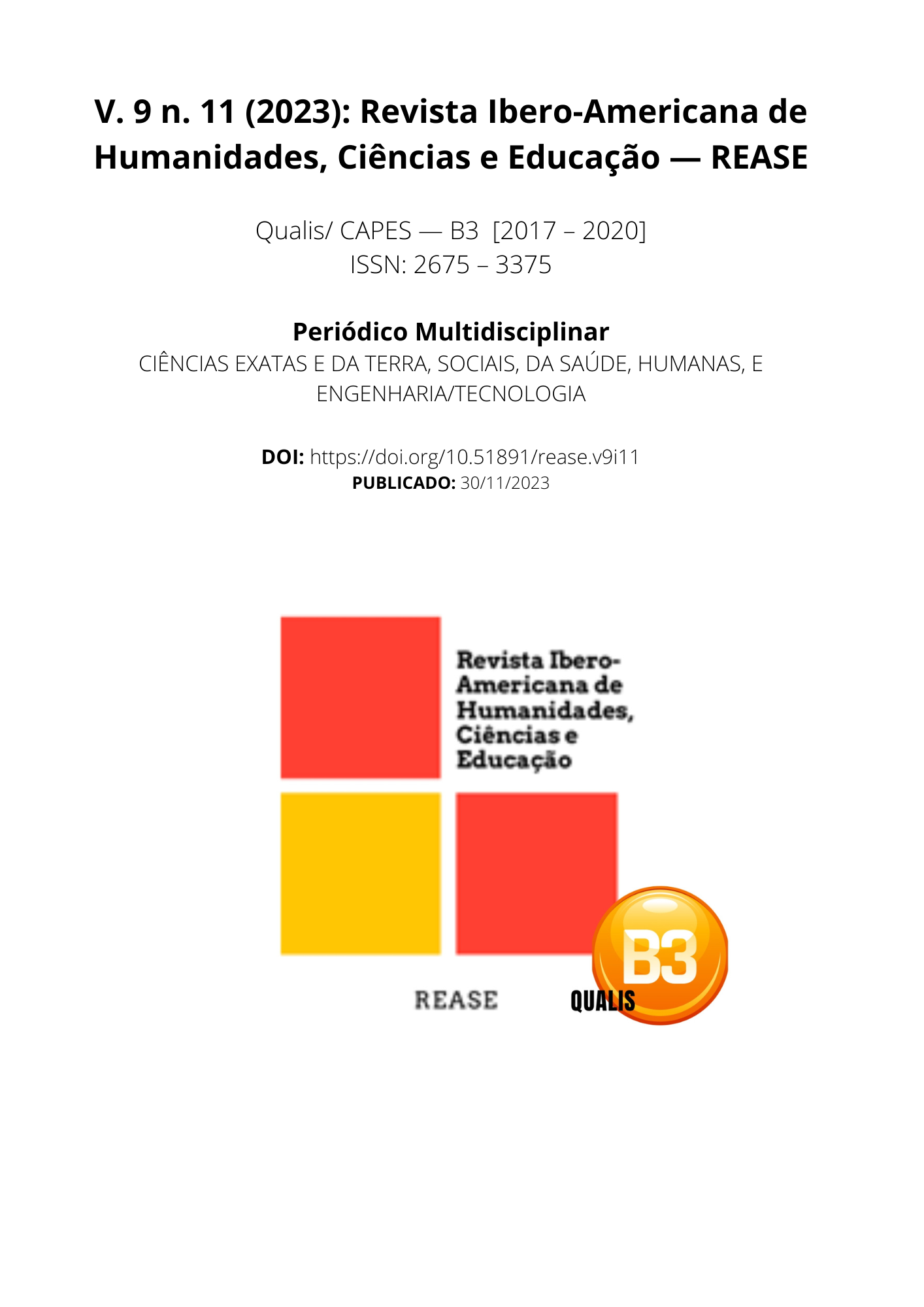THE USE OF PHYTOTHERAPY MEDICINES IN THE MANAGEMENT OF WOMEN IN MENOPAUSE AND CLIMATERIUM
DOI:
https://doi.org/10.51891/rease.v9i11.12461Keywords:
Climacteric. Phytotherapeutics. Woman. Menopause.Abstract
Menopause represents a significant transition in women's lives, marked by physical, psychological and social challenges. During the climacteric period, the period before menopause, symptoms arise resulting from a decrease in the production of the hormones estrogen and progesterone. In search of relief from symptoms, many women turn to alternative practices, such as the use of medicinal plants, including Glycine Max L., Angelica sinensis L., Vitex Agnus Castus, Lepidium meyenii, Uncaria tomentosa and Panax ginseng. These herbal medicines have demonstrated positive effects in relieving symptoms. The woman's perception of the treatment is crucial for therapeutic success. However, many are suspicious or lack information about herbal medicine, which can compromise adherence and effectiveness of the treatment. Trust in healthcare professionals and the chosen treatment is vital to ensure well-being during this phase. Understanding menopause as a natural part of the life cycle and demystifying its symptoms and treatments are essential. Adequate information and support from the doctor and pharmacist can help women experience this stage more calmly and consciously, going through this period more harmoniously and with quality of life.
Downloads
Downloads
Published
How to Cite
Issue
Section
Categories
License
Atribuição CC BY

